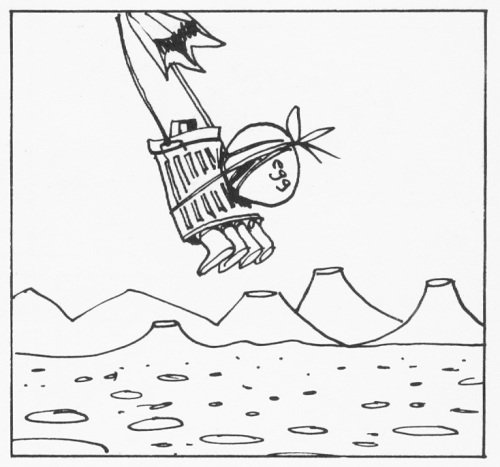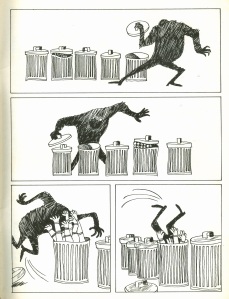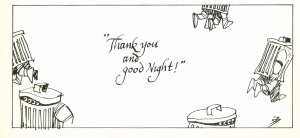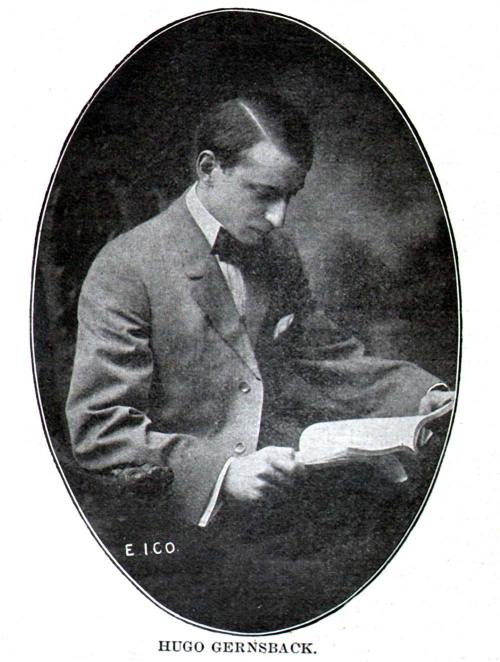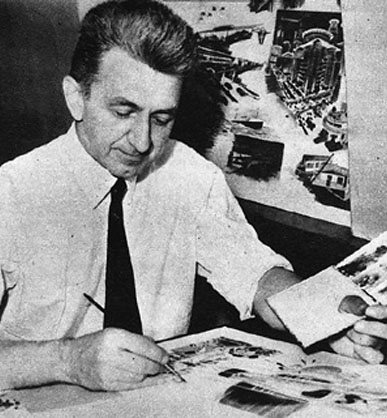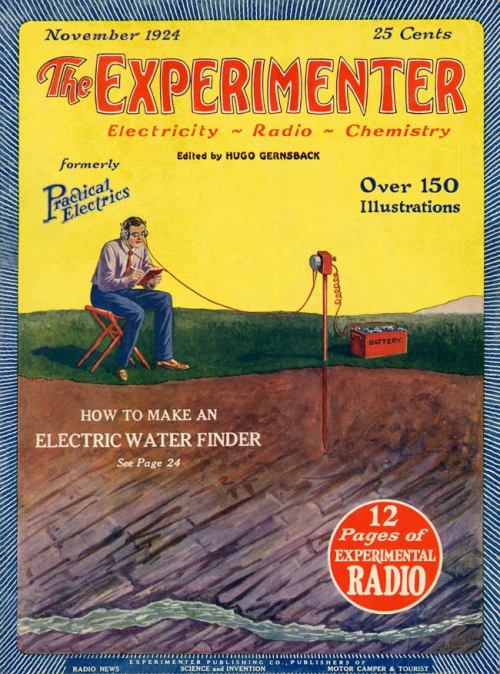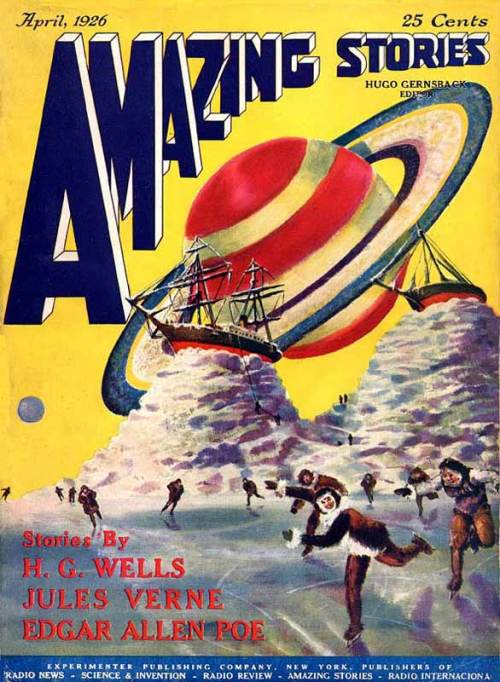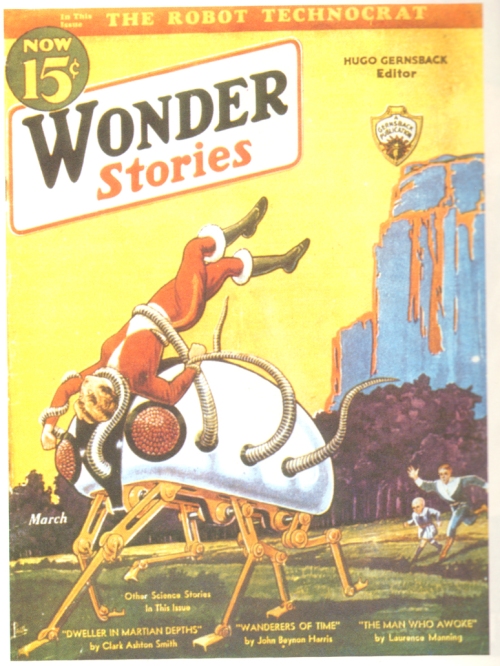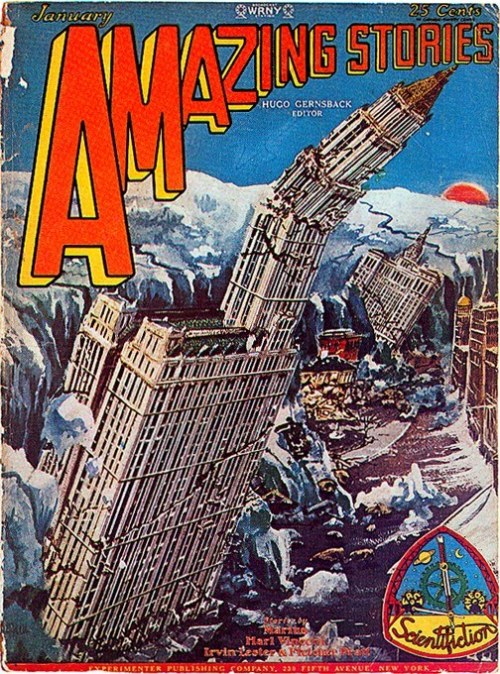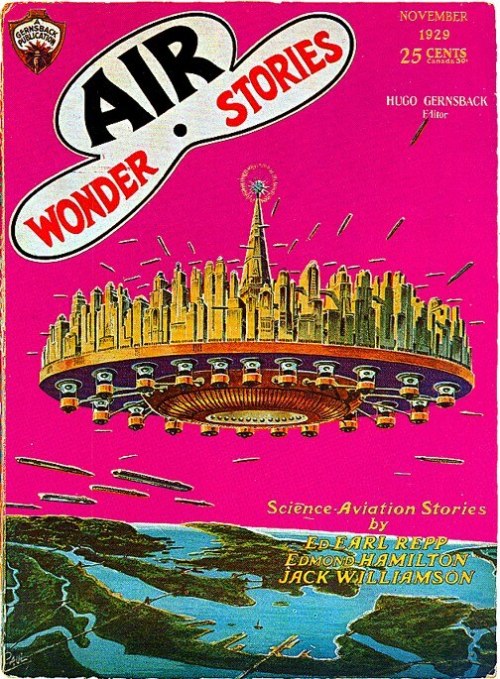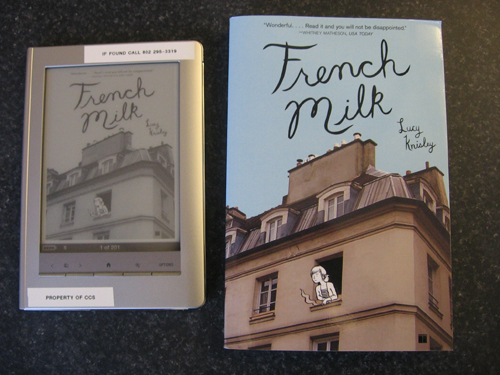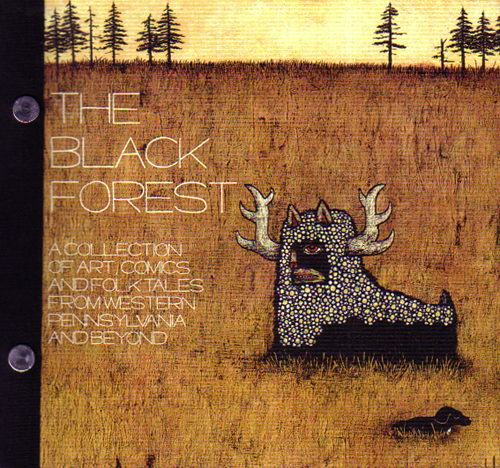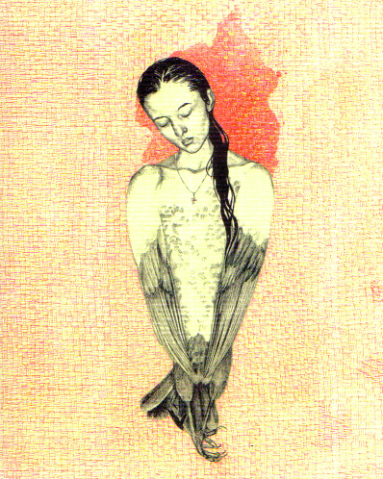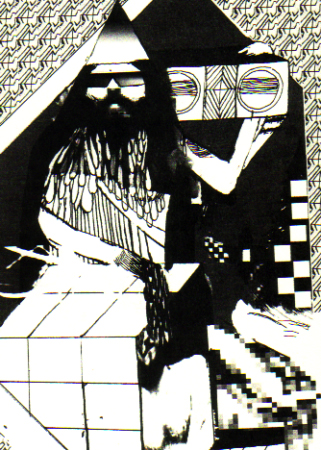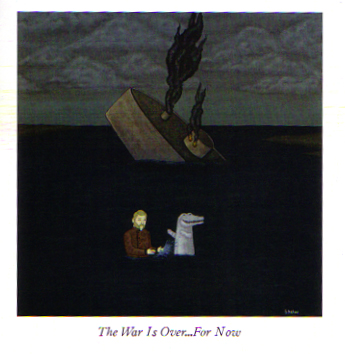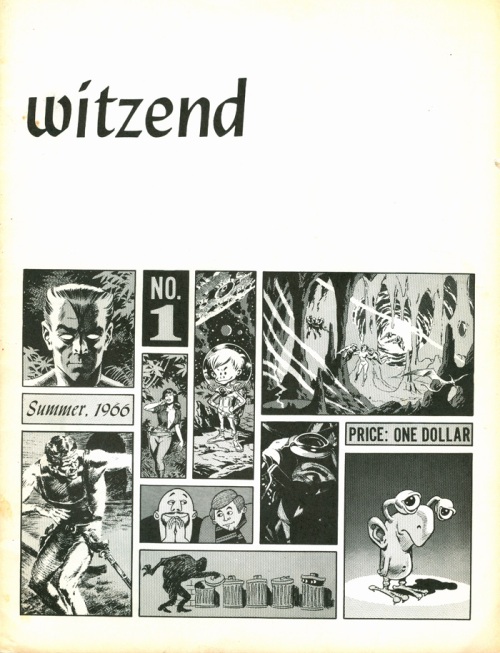
There are so many little treasures in these walls. Take Witzend for instance. I never thought in a million years would I see a copy of this (can I call it a zine?)lovely publication. The periodical that Wally Wood started with his buds so they could draw whatever they felt like using a self-proclaimed “statement of NO policy” as there only editorial guideline. Printed in all black and white on surprisingly good paper. This copy is in really great shape for being printed in 1966. Thats enough about the object, I really want to talk about one contribution in Witzend #1 called Absurd Science Fiction Stories: Moon Critters by Jack Gaughan.
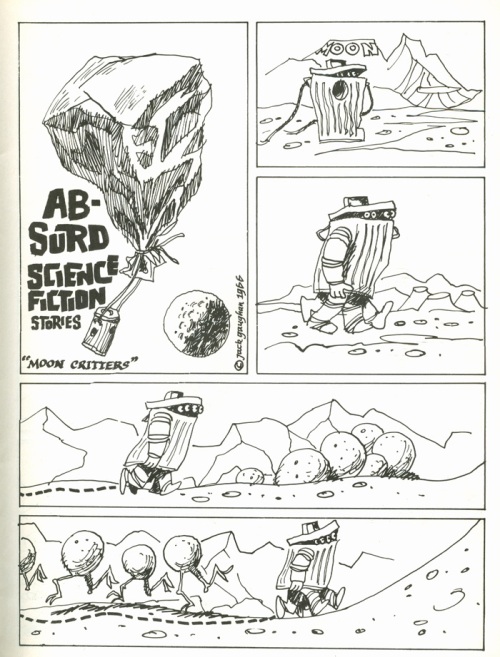
This wordless and quick-paced strip is a super delight to read. Almost everything else in Witzend doesn’t get me too excited save for another story called Sinner that reminds me of David B. But this Moon Critters Story just makes me happy.
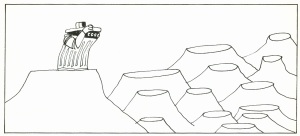
From my research, Jack Gaughan was a science fiction illustrator and didn’t do many comic strips. You can image-search his name + cartoonist and find a bunch of his book covers. A talented guy indeed. Moon critters looks like he had some fun. It’s drawn almost in a style of dashed doodles but very controlled. All the information you need, he gives. Not much line-variation but it doesn’t need it. His characters are filled with so much energy that it really drags you through. I wish Mr. Gaughan had done more comics. If he had, let me know in the comments. I hope you like these as much as I do. Enjoy!
